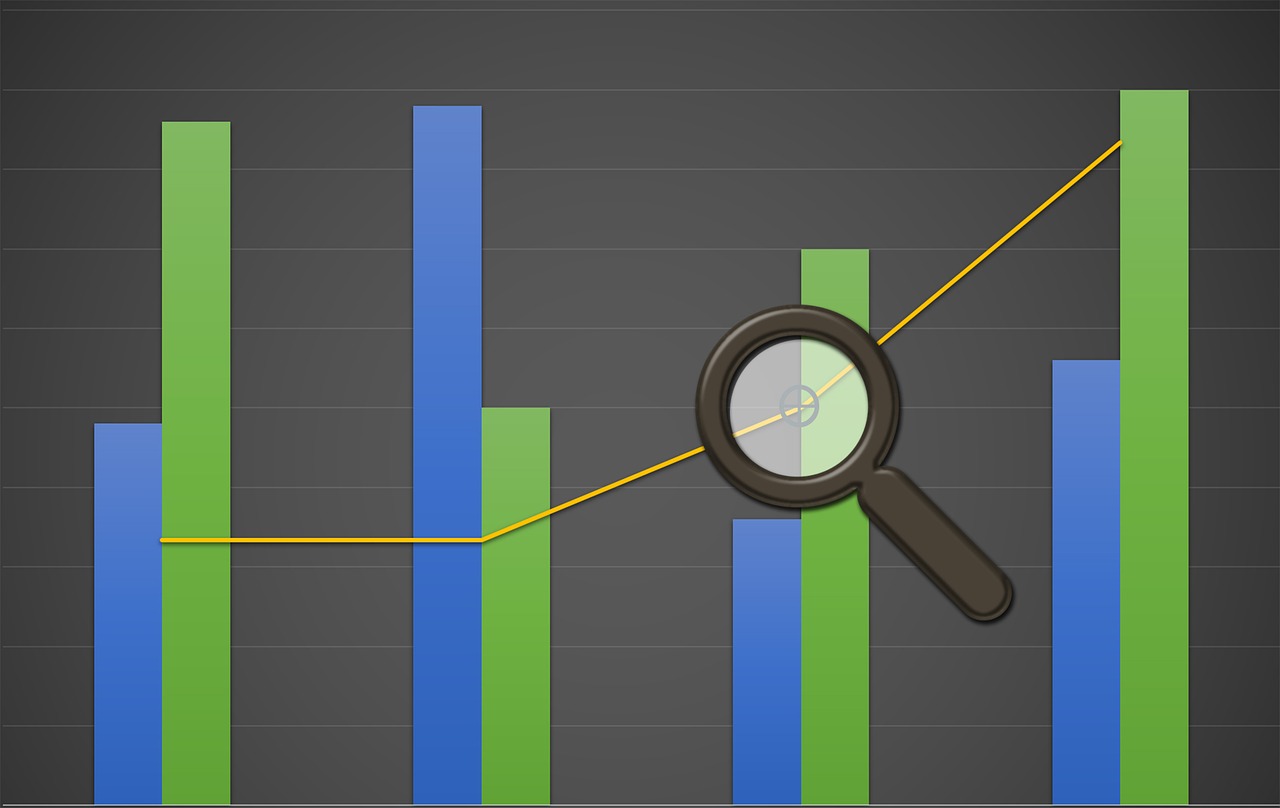Genetic research is starting to yield real results that can help migraineurs.
A new drug, called Erenumab, is one of the early contenders. Erenumab is a medication designed to block the Calcitonin-Gene-Related-Peptide (CGRP) receptor, which is believed to play a role in migraines. This drug is currently being tested in placebo-controlled, double-blind medical trials.
Clinical tests are showing positive results for this drug. The manufacturer, Amgen, reports the results from their phase 2 trials in a recent press release:
A reduction of 50 percent or more in number of monthly migraine days was observed in 40 percent and 41 percent (70 mg and 140 mg doses, respectively) of individuals in the erenumab groups at week 12.
Is Erenumab the miracle migraine pill we’re hoping to find? Let’s take a look at the data.
Testing a New Migraine Drug
In the reported study, chronic migraineurs were randomly selected to receive one of three treatments: placebo, 70 mg dose of Erenumab, or 140 mg dose of Erenumab. The treatment was delivered by injection at monthly intervals for three consecutive months. At the beginning of the study, participants averaged 18 migraine days and 21.1 headache days per month.
Here is the data reported in the press release:
| Measurement | Placebo | 70 mg | 140 mg |
|---|---|---|---|
| Number of Participants | 286 | 191 | 190 |
| Reduction in migraine days/month (avg) | 4.2 | 6.6* | 6.6* |
| Reduction in headache hours/month (avg) | 55.2 | 64.8 | 74.5 |
| Reduction in migraine medication days (avg) | 1.6 | 3.5 | 4.1 |
| % of patients reducing migraine days by 50% or more | 24% | 40% | 41% |
Understanding the Data
Placebo-controlled medical studies are designed to show that a medication is effective by isolating any effect that is due to the patient’s faith that the medicine will work. In this study, we see three out of four reported results listed as showing effects that are significantly better than placebo.
Given these results, Erenumab looks promising overall.
Statistical significance means that odds are extremely low (in this case, 1 in 1000) that there is actually no difference. Collecting data points and identifying statistically significant differences in the different treatments is a tried-and-true method for proving out medication efficacy.
Statistics are funny though. It is easy to find flaws in results like this once you understand how easily these numbers can be manipulated.
The first red flag that jumps out at me is the fact that the placebo group has almost 100 more participants than either of the treatment groups. This is a well-known “trick” in statistical analysis: increasing the number of data points decreases the variance. Since variance is the basis for determining significance, comparing against a larger set of data makes significant results more likely.
There is a similar problem with the reduction in migraine days with Erenumab, the entries marked with an asterisk in the table above. In the reported results, the two groups were combined to get an average reduction of 6.6 migraine days per month. Here we have twice as many samples to determine the significance of this result. Again, the overall variance is decreased by combining the two groups.
Without looking at the full set of data, it is impossible to tell whether these concerns deter from the results or not. However, I do question whether the reduction in migraine days would be significant if the two groups were kept separate (otherwise, why are they only reported as a combined number?)
What I Learned About Migraines Today
The data appears to show that Erenumab can reduce migraines and the use of abortive medications in chronic migraineurs. It is exciting to know that this new generation of migraine drugs is so far through the development process.
What is even more exciting to me are the results for the placebo. Nearly one fourth of the migraineurs treated with a placebo cut their migraine days in half.
The effectiveness of the placebo doesn’t mean that migraines are a mental construct that can be healed by faith alone.
Rather, it means that doing something that might work is better than doing nothing.
Taking action, even if the action has no medical effect, makes you feel like you have more control. Feeling in control of your disease reduces stress, and improves your condition.



I used to suffer regular bad headache as a teenager as my family was poor and after school, I had to help Dad selling food at a roadside stall. When I began working, I had some leisure time which I would spend on regular road runs. I’ve not suffered from bad headaches since. There were times I didn’t run for almost a week and I could sense a headache building up at the back of my ears. I would change and go for a long arduous run. As the distance lengthened, I could literally feel the headache being “lifted” from both sides of my head and an hour later when I stopped, I felt on top of the world. Running is more addictive than opium: it gives me a high and a completely ache-free body for two to three days before the next run.